If you haven’t heard, Elizabeth Warren is once again attempting to portray crypto as an instrument of pure evil. Last week, she and Senator Bill Cassidy sent a letter to the DOJ about the use of cryptocurrencies in the illicit trade of child sexual abuse material – CSAM. After reading the letter, I decided to do some research and, to my complete lack of surprise, it turned out to be a fetid porridge of misleading information. It seems clear that our esteemed senators are trying to construct a narrative according to which cryptocurrencies are driving the explosion of CSAM on the dark web.
Warren and Cassidy aren’t wrong to point out that crypto is the most commonly used form of payment related to CSAM. What they hope the reader will conclude is that, therefore, tough new KYC/AML restrictions are needed and that these will have a significant impact on the spread of CSAM.
But they conveniently ignore all of the key data points that undermine their narrative, one of which is that the number of CSAM websites accepting fiat payments rose by 15% in 2023, while the number of websites accepting crypto payments dropped by 38%.
The results of my research are presented below. I start with the top-level observations, i.e., what I consider to be the most important observations about the data. Next, I draw some conclusions. After that I present the full data table and sources.
(Before continuing: if you have the resources, please consider donating to one of these groups, such as the Internet Watch Foundation. These people are amazing. They are heroes. They are helping to take down the worst kinds of predators. They are saving children from suffering beyond conception.)
Top-level Observations
(1) Only a very small percentage of CSAM websites actually accept crypto as a form of payment.
The numbers vary slightly by year, but the highest percentage occurred in 2022. Out of 275,658 websites containing CSAM, only 1,366 or 0.53% accepted crypto. This number dropped to 0.3% in 2023.
(2) Contrary to what the Warren/Cassidy letter implies, the number of websites accepting crypto has not been doubling every year. This trend ended in 2022 when the number rose from 1,104 (in 2021) to 1,366.
(3) The number of websites accepting crypto payments fell from 1,366 in 2022 to 845 in 2023.
(4) The number of websites accepting fiat payments (via credit card or money transfer) rose from 572 in 2022 to 655 in 2023.
Top-level Conclusions
(1) Crypto is not driving the explosion of CSAM on the dark web.
The number of websites containing CSAM rose from 79K in 2017 to 276K in 2023. This is a sickening and depressing trend. But the number of websites accepting crypto payments has invariably remained only a tiny percentage of the overall total.
(2) Strict KYC/AML requirements are not a magic bullet.
Online fiat payments must conform to onerous KYC/AML requirements, yet the number of CSAM websites accepting payment in fiat still rose in 2023, almost closing the gap between crypto and fiat – 845 vs 655.
(3) If the latest data indicates a trend, fiat will become the preferred method of payment for CSAM in 2024.
And you can bet that Warren and Cassidy will have absolutely nothing to say about it.
The Data
The table below breaks down the following data.
Column 1: Year
Column 2: Total number of websites containing CSAM
Column 3: Total number of websites with an option to pay in cryptocurrency
Column 4: Total number of websites with an option to pay in fiat (via credit card or money transfer)
| Year | Total CSA Sites | Crypto Payments | Fiat Payments |
|---|---|---|---|
| 2017 | 78,589 | N/A | N/A |
| 2018 | 105,047 | 81 | N/A |
| 2019 | 132,713 | 221 | N/A |
| 2020 | 153,369 | 468 | N/A |
| 2021 | 252,194 | 1,014 | N/A |
| 2022 | 255,588 | 1,366 | 572 |
| 2023 | 275,685 | 845 | 655 |
Sources
The formatting here is a bit clunky, but I’m not taking the time to re-organize it.
Total number of websites containing CSAM by year:
2017: 78,589 (p. 15)
2018: 105,047 (p. 27)
2019: 132,713 (p. 46)
2020: 153,369 (source)
2021: 252,194 (source)
2022: 255,588 (p. 3)
2023: 275,658 (source)
Websites accepting crypto as a form of payment by year:
2018: 81 (source)
2019: 221 (source)
2020: 468 (source)
2021: 1014 (source)
2022: 1366 (p.85)
2023: 845 (source)
Websites accepting credit cards as a form of payment by year:
2018: NA
2019: NA
2020: N/A
2021: N/A
2022: 492 (source)
2023: 337 (source)
Websites accepting a money transfer service as a form of payment by year:
2018: N/A
2019: N/A
2020: N/A
2021: N/A
2022: 80 (source)
2023: 318 (source)
(If anyone is wondering where the N/As are coming from, the 2019 (p. 54), 2020 (source), and 2021 (source, p. 85) IWF annual reports don’t contain any info about fiat as a payment method. I find it a bit curious, however, that they all contain the following line verbatim: “Due to the anonymous nature of hidden services, these commercial websites only accept payment in virtual currencies.” It’s possible that the IWF didn’t have the resources to look into fiat payments during these years. But it’s also possible that they assumed that crypto must be the only viable form of payment on the dark web, which would be another reason as to why it’s important to counter the anti-crypto narrative that Warren and Cassidy are pushing.)
Edit: formatting.
[link] [comments]

You can get bonuses upto $100 FREE BONUS when you:
💰 Install these recommended apps:
💲 SocialGood - 100% Crypto Back on Everyday Shopping
💲 xPortal - The DeFi For The Next Billion
💲 CryptoTab Browser - Lightweight, fast, and ready to mine!
💰 Register on these recommended exchanges:
🟡 Binance🟡 Bitfinex🟡 Bitmart🟡 Bittrex🟡 Bitget
🟡 CoinEx🟡 Crypto.com🟡 Gate.io🟡 Huobi🟡 Kucoin.





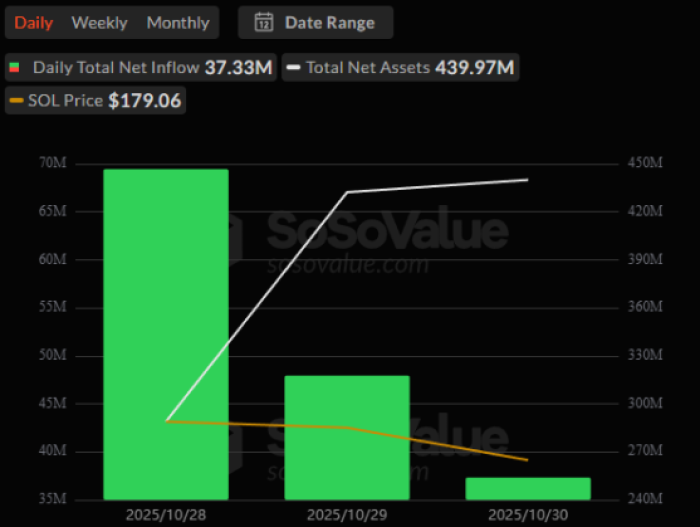
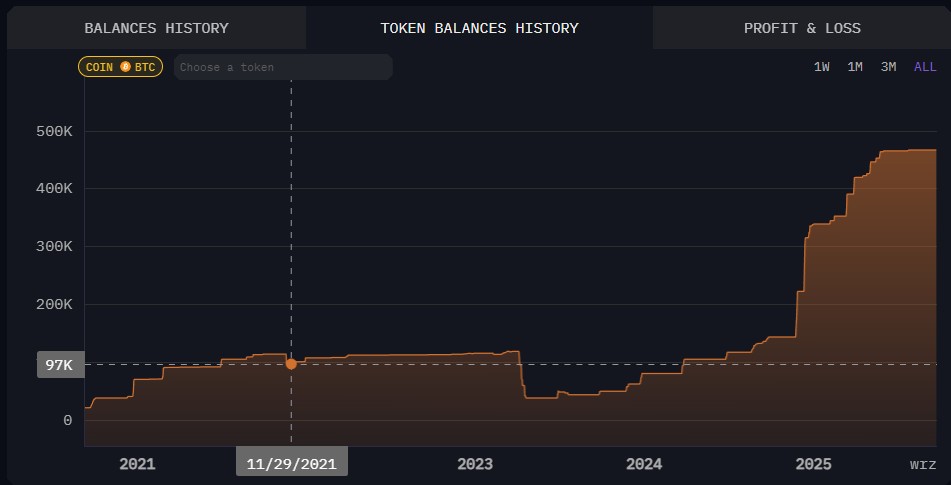
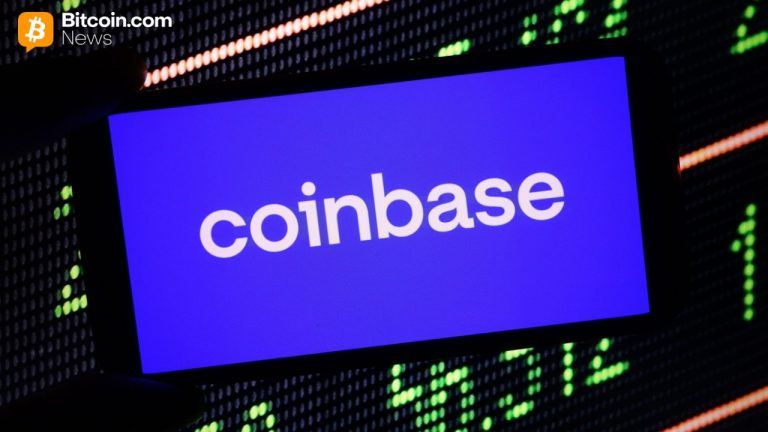
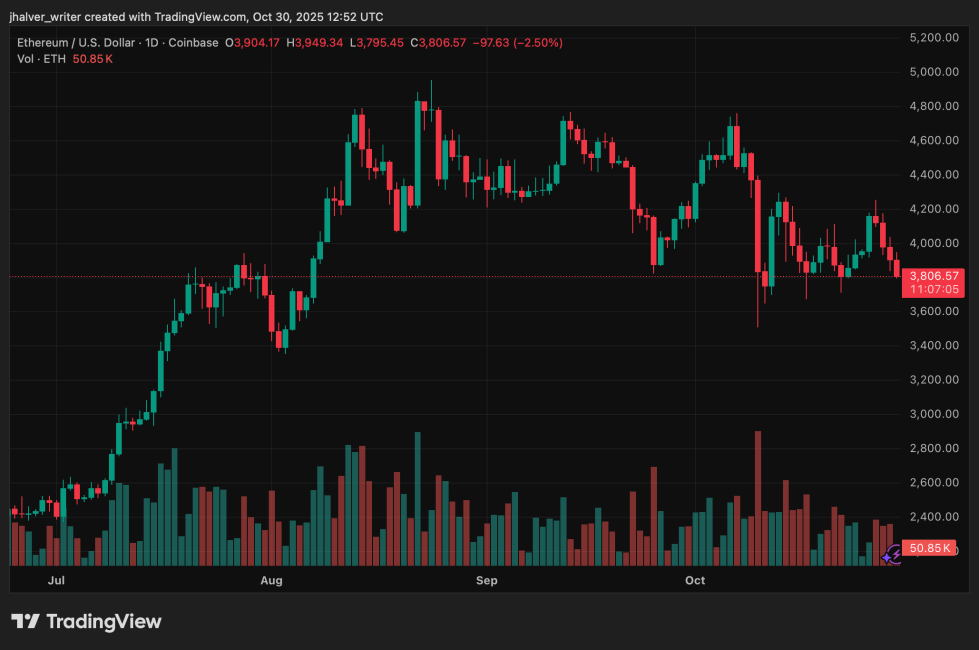
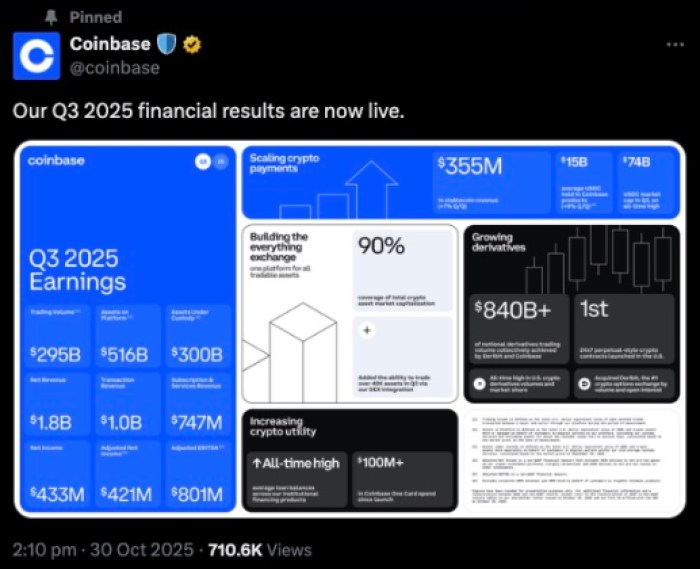



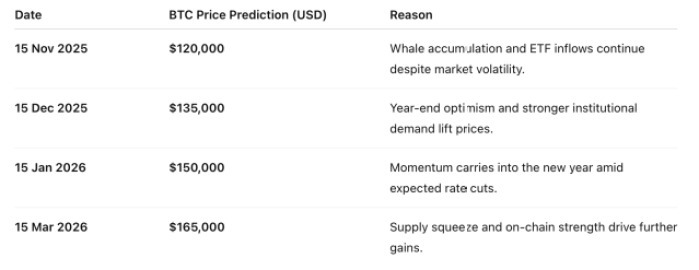
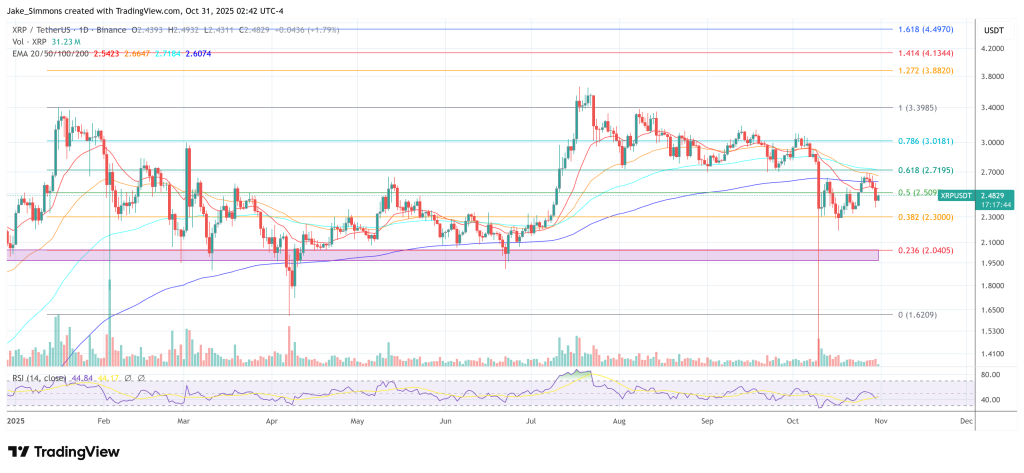

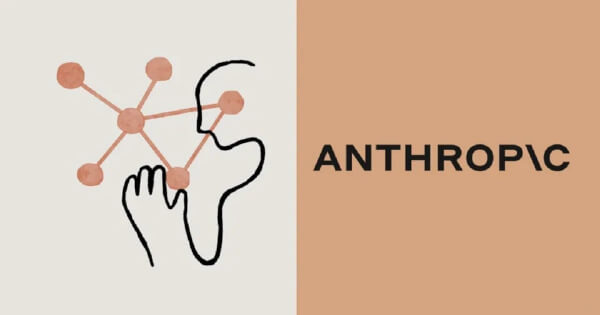
Comments